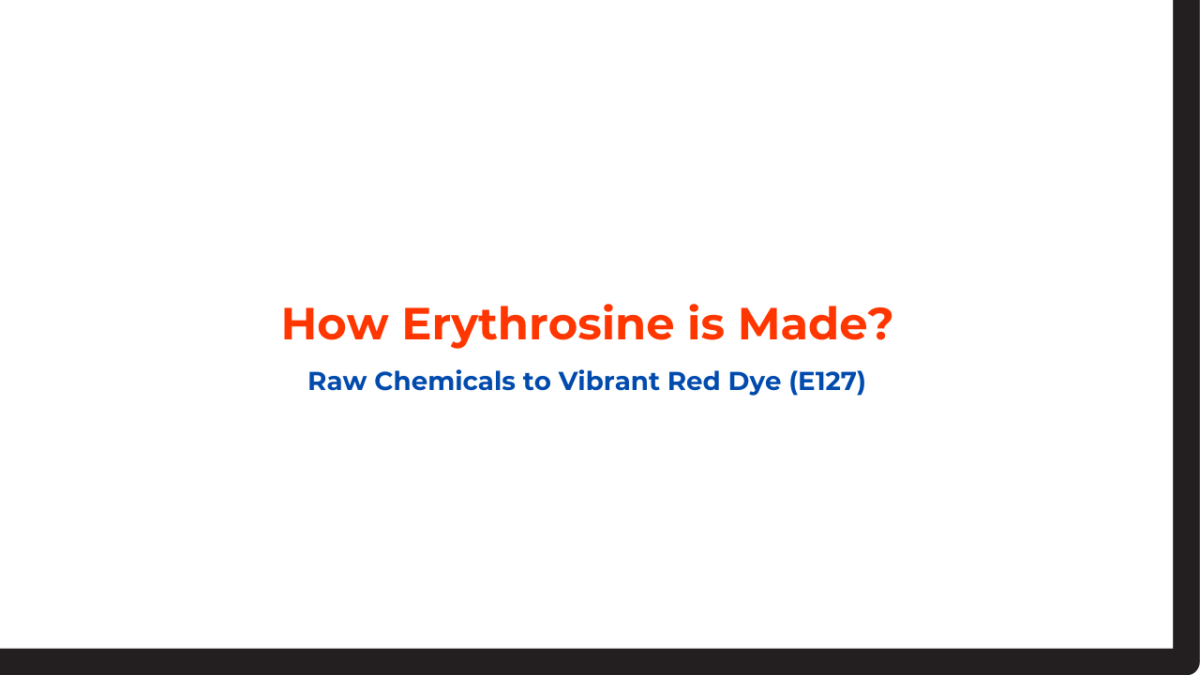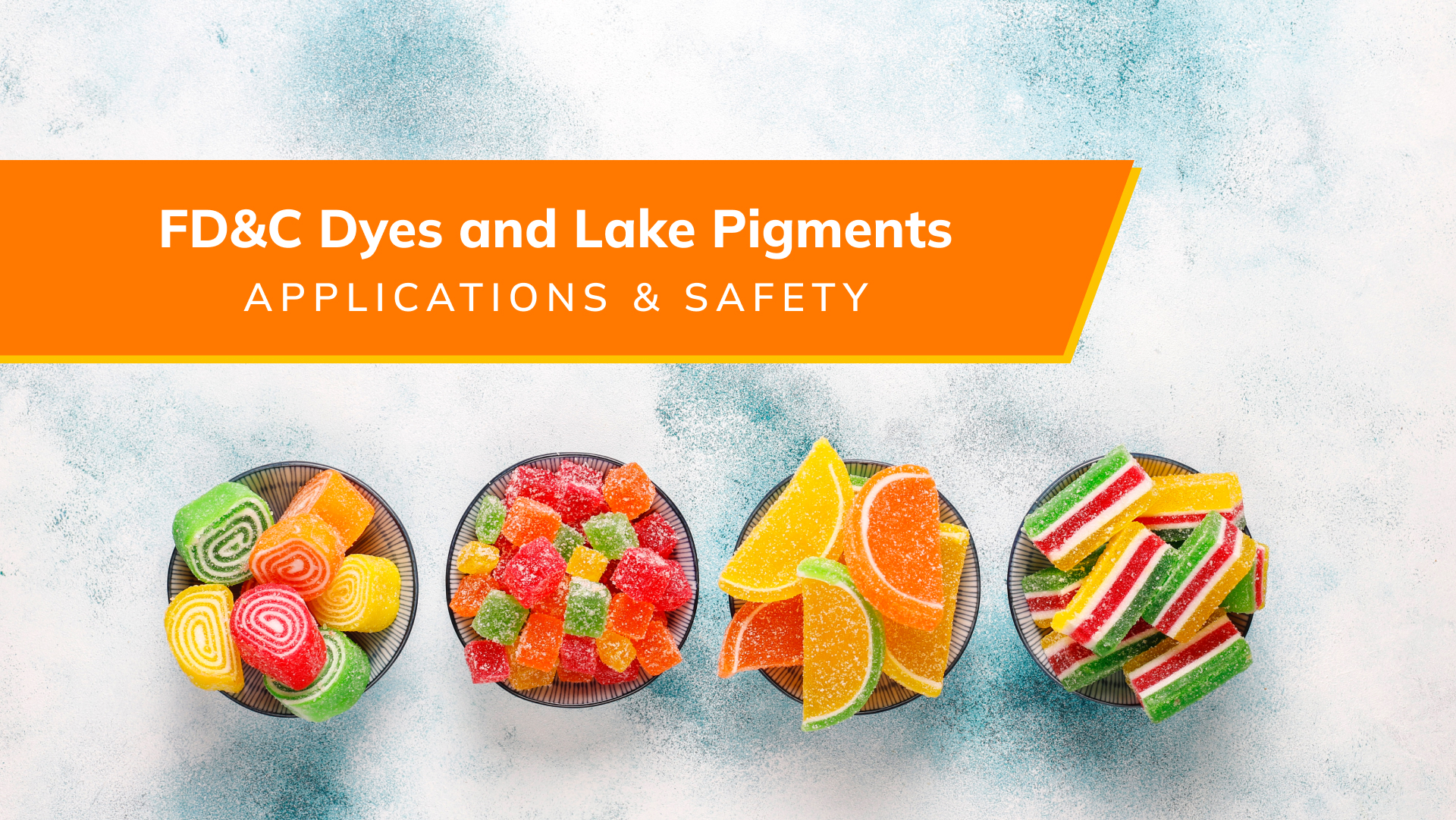Introduction:
Erythrosine, Red No. 3 or E127, is a synthetic red dye used in foods, cosmetics, and pharmaceuticals. Its bright pink hue is familiar in candies, cake decorations, and dental products.
Chemists make the dye through a chemical process that involves several steps.
Step 1: Creating Fluorescein
The process begins with two basic chemicals: phthalic anhydride and resorcinol. When chemists heat these substances, they create fluorescein, a yellow-green compound that is the base for erythrosine.
Step 2: Adding Iodine to Form Erythrosine
Next, fluorescein undergoes iodination, which means it reacts with iodine and potassium iodide. This reaction replaces some hydrogen in fluorescein with iodine atoms, creating an erythrosine red compound.
Read More: What Is Erythrosine: Are They Safe For Humans?
Step 3: Stabilizing for Use in Products
Erythrosine is often converted into its disodium salt form to make it suitable for use in various products. This form dissolves easily in water, making it ideal for use in foods and beverages.
In acidic environments, chemists stabilize erythrosine with specific surfactants to keep it evenly distributed and prevent it from settling.
Read More: Use and Application for Erythrosine?
Conclusion
Erythrosine is a product of careful chemical synthesis, transforming simple starting materials into a vibrant dye.
Its creation involves the formation of fluorescein, iodination to produce the red pigment, and stabilization for practical use. Understanding this process highlights the intricate work behind the colors we often take for granted in everyday products.




